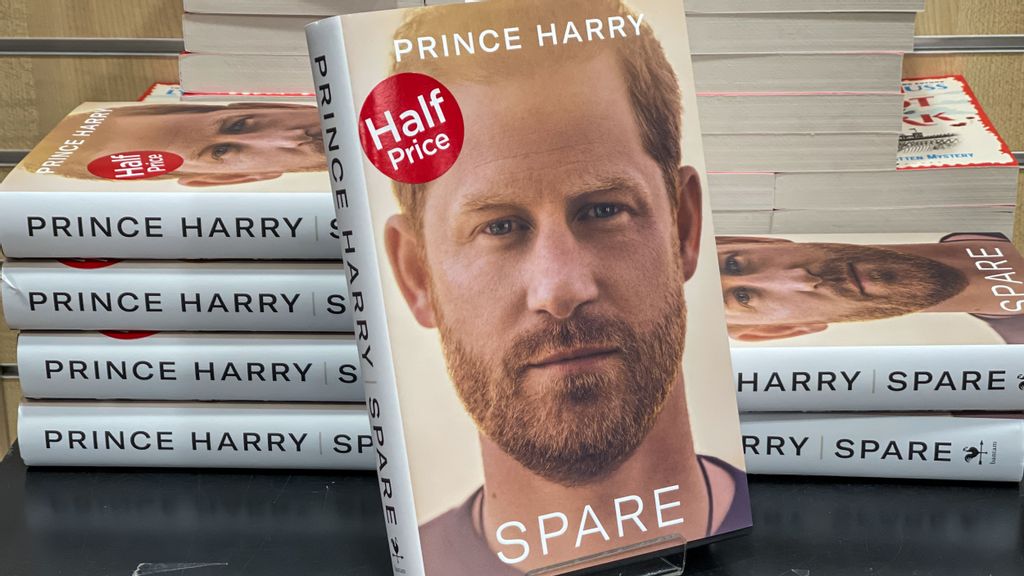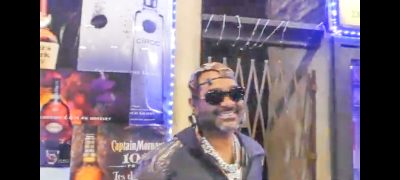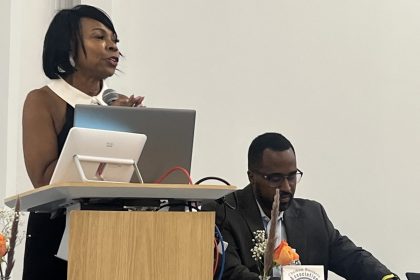
By Mark Waghorn
A psychedelic drug Prince Harry says cleansed his troubled mind alters the perception of reality, according to new research.
The Duke of Sussex drank the Amazonian herbal tea Ayahuasca to help him deal with the pain of his mother, Princess Diana’s death.
Its active ingredient DMT (dimethyltryptamine), sometimes called Dimitri, is found in the tropical vine Banisteriopsis Caapi.
Now, brain scans have shown how it alters conscious experience by changing the behavior of neurons.
First author Dr. Chris Timmermann, of Imperial College London, said: “What we have seen with DMT is an activity in highly evolved areas and systems of the brain that encode especially high-level models become highly dysregulated under the drug – and this relates to the intense ‘trip.’”
The highly potent compound produces immersive states of consciousness – characterized by vivid and bizarre visions.
They range from “visiting” alternative realities or dimensions to near-death-style experiences.
An analysis of 20 healthy volunteers has shed light on the mechanisms behind them for the first time.
They were given an injection of the drug while the British team captured detailed images of their brains – charting activity changes before, during and after the trip.
Dr. Timmermann said: “This work is exciting as it provides the most advanced human neuroimaging view of the psychedelic state to date.
“One increasingly popular view is much of brain function is concerned with modeling or predicting its environment.
“Humans have unusually big brains and model an unusually large amount of the world.
“For example, like with optical illusions, when we’re looking at something, some of what we’re actually seeing is our brain filling in the blanks based on what we already know.”
Tribes in the jungles of Peru, Bolivia and Ecuador have been using the powerful brew for thousands of years to bring “spiritual enlightenment.”
Ayahuasca is also popular with young Western travelers experimenting in South America.
Earlier this month, Prince Harry revealed taking the drug triggered feelings of “release” and “comfort.”
He said: “It was the cleaning of the windscreen, cleaning of the windshield, the removal of life’s filters just as much as on Instagram, these layers of filters.
“It removed it all for me and brought me a sense of relaxation, release, comfort, a lightness that I managed to hold on to for a period of time.
“I started doing it recreationally and then started to realize how good it was for me, I would say it is one of the fundamental parts of my life that changed me and helped me deal with the traumas and pains of the past.”
Health experts slammed him as irresponsible. The hallucinogenic can cause health problems – both mental and physical. It has been linked to a spate of deaths.
Study participants were injected with a high dose of DMT (20mg) while wearing EEG (electroencephalography) skull caps that measure brain waves. They also underwent FMRI (functional magnetic resonance imaging).
Over a period of about 20 minutes, they provided regular subjective ratings of the intensity of the experience on a scale of 1 to 10.
Effects identified on-screen included increased connectivity across the brain – with more communication between different areas and systems.
These phenomena are known as ‘network disintegration and desegregation’ and increased “global functional connectivity.”
They were most prominent in regions linked with ‘higher level’ human-specific functions – such as imagination.
Combining techniques to watch the brain during a highly immersive psychedelic experience is unique in the medical literature.
It adds to evidence that DMT – and other psychedelics – exert their effects by disrupting high-level brain systems.
Senior author Professor Robin Carhart-Harris, now at California University in San Francisco, said: “Motivated by – and building on our previous research with psychedelics – the present work combined two complementary methods for imaging the brain.
“FMRI allowed us to see the whole of the brain – including its deepest structures – and EEG helped us view the brain’s fine-grained rhythmic activity.
“Our results revealed when a volunteer was on DMT there was a marked dysregulation of some of the brain rhythms that would ordinarily be dominant.
“The brain switched in its mode of functioning to something altogether more anarchic. It will be fascinating to follow up on these insights in the years to come.
“Psychedelics are proving to be extremely powerful scientific tools for furthering our understanding of how brain activity relates to conscious experience.”
Compared to classic psychedelics such as LSD or psilocybin, DMT’s impacts are relatively brief – lasting a matter of minutes rather than hours.
Ironically, Prince Harry has repeatedly been accused of losing touch with reality since splitting from the Royal Family.
The late Queen famously commented “recollections may vary,” after he claimed his wife had been the victim of racism.
The study is in the Proceedings of the National Academy of Sciences.
Produced in association with SWNS Talker
Recommended from our partners
The post A Look Into The Psychedelic Drug Prince Harry Took To Deal With Past ‘traumas’ appeared first on Zenger News.










